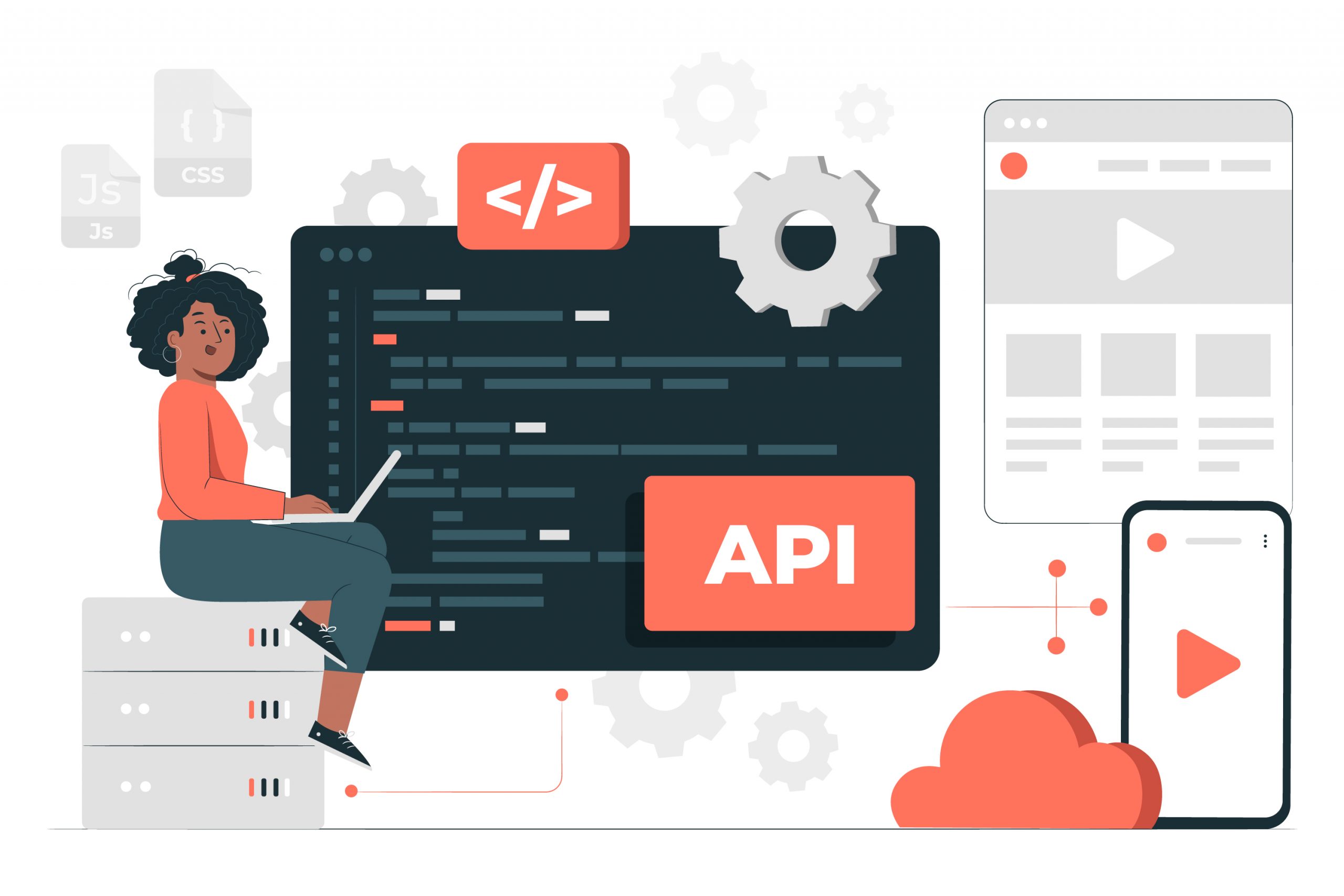Now Reading: Latency Reduction Tactics: Modern UI Rendering Optimization Strategies
-
01
Latency Reduction Tactics: Modern UI Rendering Optimization Strategies
Latency Reduction Tactics: Modern UI Rendering Optimization Strategies

In today’s digital landscape, user expectations for speed and smoothness are higher than ever. Whether you’re building a mobile app, a web platform, or a complex desktop application, optimizing user interface (UI) rendering is crucial for delivering a seamless experience. Nothing frustrates users more than laggy or sluggish interfaces, and even small delays can significantly impact engagement and satisfaction. So, how can you make your UI faster? Let’s explore some modern strategies that can help reduce latency and make your app feel snappy.
Maximize UI Speed: Top Latency Reduction Tips
1. Use Hardware Acceleration
What it is: Hardware acceleration leverages the device’s GPU instead of relying solely on the CPU to render graphics and animations.
Why it helps: GPUs are optimized for parallel processing and handling graphic-heavy tasks efficiently. By offloading rendering tasks to the GPU, you can significantly lower latency, resulting in smoother animations and faster load times.
How to enable:
- For web apps, leverage CSS properties like
transformandopacityas they trigger GPU acceleration. - In native apps, utilize frameworks and APIs that support hardware acceleration features.
2. Optimize Rendering Path with Lazy Loading
What it is: Lazy loading defers the loading of non-critical resources until they’re needed.
Why it helps: By loading only the essential UI components initially, you reduce the startup and rendering time, providing quicker feedback to the user. Additional components load in the background or when the user navigates to them.
Implementation tips:
- Load images, scripts, and styles asynchronously.
- Use code splitting techniques in modern frameworks (like React’s
React.lazy()or dynamic imports in Webpack). - Implement placeholder content (skeleton screens) to keep users engaged during load times.
3. Minimize Repaints and Reflows
What it is: Repaints and reflows are browser processes triggered by DOM and CSS changes. Excessive manipulation causes performance bottlenecks.
Why it helps: Reducing unnecessary DOM updates decreases rendering latency.
Best practices:
- Batch DOM updates; make multiple style changes within a single reflow cycle.
- Use CSS transforms for animations instead of properties that cause reflows (
width,height, etc.). - Keep layout complexity manageable; avoid deeply nested DOM trees.
4. Efficient Asset Management
What it is: Properly managing images, fonts, scripts, and other assets to avoid bloating.
Why it helps: Large assets slow down the initial load and render times.
Strategies:
- Compress images (e.g., WebP, JPEG 2000).
- Use sprite sheets for icons.
- Implement font subsetting to include only the characters you need.
- Utilize Content Delivery Networks (CDNs) to serve static assets faster.
5. Optimize JavaScript Execution
What it is: Ensuring JS code runs efficiently without blocking rendering.
Why it helps: Heavy scripts can delay the painting of the UI.
Tips:
- Minify and bundle scripts.
- Use Web Workers for offloading heavy computations.
- Debounce or throttle event handlers (like scroll or resize).
- Split large scripts into smaller chunks that load asynchronously.
Streamlining Rendering for Faster User Experiences
Moving beyond individual tips, the broader goal is to create an optimized rendering pipeline that minimizes delays and maximizes smoothness.
1. Adopt a Virtual DOM or Renderer
Frameworks like React or Vue implement a Virtual DOM—an in-memory DOM representation—which reduces direct manipulations of the real DOM. This approach enables batching updates and minimizing costly re-renders.
2. Leverage Progressive Rendering
Progressive rendering involves displaying initial content quickly and loading additional data or UI components progressively. Techniques like server-side rendering (SSR) and hydration allow faster perceived load times, especially on slower connections.
3. Use Efficient State Management and Data Flow
Frequent re-renders caused by state changes can increase latency. Efficient state management solutions (like Redux, MobX, or Vuex) help contain updates and prevent unnecessary UI refreshes.
4. Implement Responsive Design and Fluid Layouts
Responsive, fluid layouts adapt to varying device capabilities and screen sizes, ensuring efficient resource usage across platforms. Optimized media queries and flexible images prevent over-rendering sections that aren’t immediately necessary.
5. Profiling and Continuous Optimization
Finally, using profiling tools (like Chrome DevTools Performance tab) to identify bottlenecks is essential. Regular monitoring, testing on different devices, and iterative optimization keep performance on point.
Wrapping Up
Reducing UI latency isn’t just about one or two tweaks; it’s about a comprehensive strategy combining hardware awareness, asset optimization, code efficiency, and smart rendering techniques. Modern tools and frameworks have made it easier than ever to implement these strategies—so take advantage of them! The key is to keep testing, profiling, and refining your UI so that users get that buttery-smooth, instantaneous experience they expect.
Remember: users might not notice the exact improvements you made, but they will notice if your UI lags. Aim for fast, responsive, and delightful interfaces—and your users will thank you for it.
























